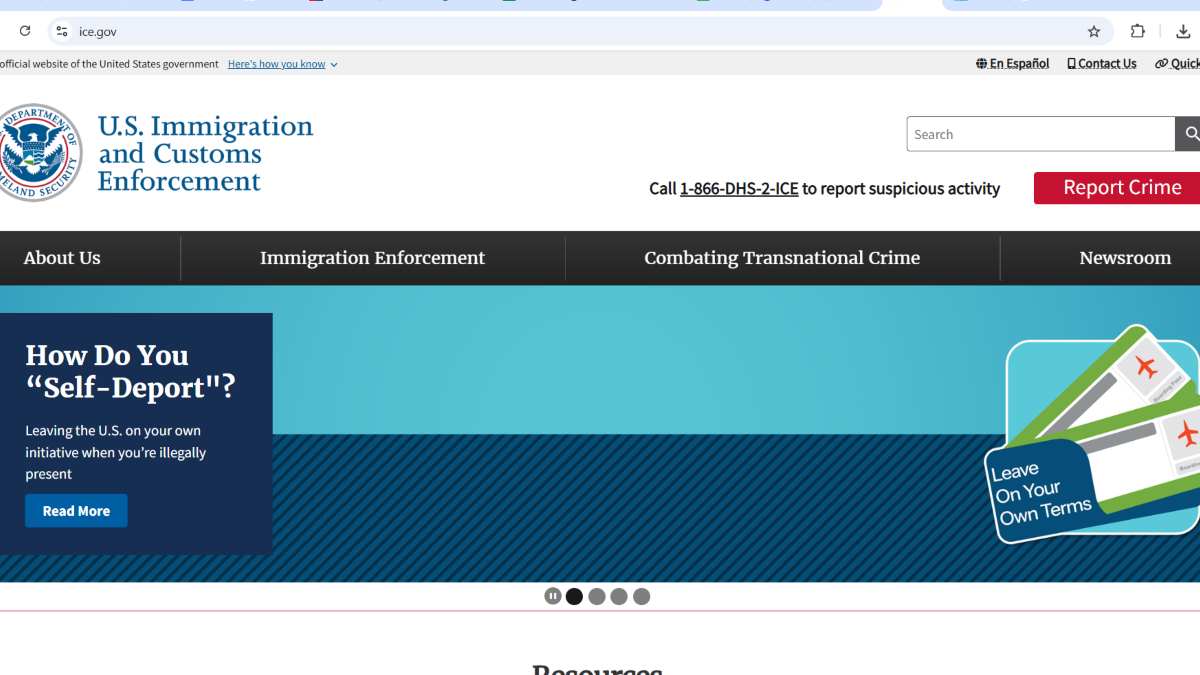The United States Immigration and Customs Enforcement (ICE) plays an important role in enforcing all the federal immigration and customs laws. A division of the Department of Homeland Security (DHS), ICE acts as the country’s forefront in protecting national security and public safety, mostly through some of the controversial detentions and deportations of unauthorized immigrants.
Check out: List of Top 10 Iconic Warplanes that Defined History: Check their Legacy and Notable Details
What is ICE and Why was it Created?
ICE, or Immigration and Customs Enforcement, officially came into force in 2003 under the Homeland Security Act of 2002, which was initially passed during the 9/11 attacks. This act reorganized several federal agencies to tighten homeland security. ICE was established by combining the investigative and enforcement branches of the former U.S. Customs Service and Immigration and Naturalization Service.
ICE’s mission was to enforce the immigration laws, investigate all customs violations, and assist in dismantling the international criminal and terrorist organizations that act as a threat to U.S. security.
What are ICE’s Key Responsibilities?
ICE enforces immigration and customs regulations within the United States and abroad. It has various responsibilities, but core functions include:
- Detaining the unauthorized immigrants
- Deporting all the individuals who seem to be violating immigration laws
- Investigate any cross-border crimes happening.
- ICE has a workforce of over 20,000 employees and operates across 400+ offices globally, with a budget of nearly $8 billion.

How many immigrants does ICE Detain?
From October 2014 to November 2024, ICE has recorded around 3.62 million detention book-ins and the physical transfer of unauthorized immigrants to detention facilities. Peak Year for the book-ins was 2019, with 510,850 book-ins, and most of them were Mexicans. Approx 29% of all detainees during this period had criminal records in the U.S., including misdemeanors, felonies, and some aggravated felonies.
Who can ICE Detain?
ICE detentions are divided into two categories:
- Discretionary Detention: For those who are awaiting immigration hearings. These individuals may be released on bond or can be placed under supervised monitoring if not considered a flight or security risk.
- Mandatory Detention: Applies to particular individuals with serious criminal offenses, including terrorism-related crimes. These detainees are generally ineligible for release.
Where are Detainees Held?
ICE operates 122 detention centers across the U.S., many near the Mexico border. Major facilities include:
- Adams County Detention Center, Mississippi (2,148 detainees/day)
- South Texas ICE Processing Center, Texas (1,666)
- Stewart Detention Center, Georgia (1,559)
- Some centers are ICE-run, while others are operated by local governments or contractors.
What are the Detention Guidelines?
ICE follows National Detention Standards to maintain the safety and dignity within facilities and among the detainees. These guidelines include access to legal materials, healthcare, religious services, and all recreational activities.
What about Temporary Protected Status?
Immigrants from other countries who are facing a situation of armed conflict, natural disasters, or any kind of extraordinary temporary conditions may qualify for Temporary Protected Status (TPS). This status allows a particular individual to live and work in the U.S. temporarily, but it does not allow them permanent residency. As of now, citizens from 17 countries, including Afghanistan and Ukraine, are eligible for TPS.
Overview
ICE remains a powerful and controversial arm of U.S. immigration enforcement. With millions detained and deported over the last decade, it continues to shape immigration policy and enforcement on a national and global scale. Even after many controversial debates, ICE’s role seems to remain central in discussions about national security and human rights.
Comments
All Comments (0)
Join the conversation